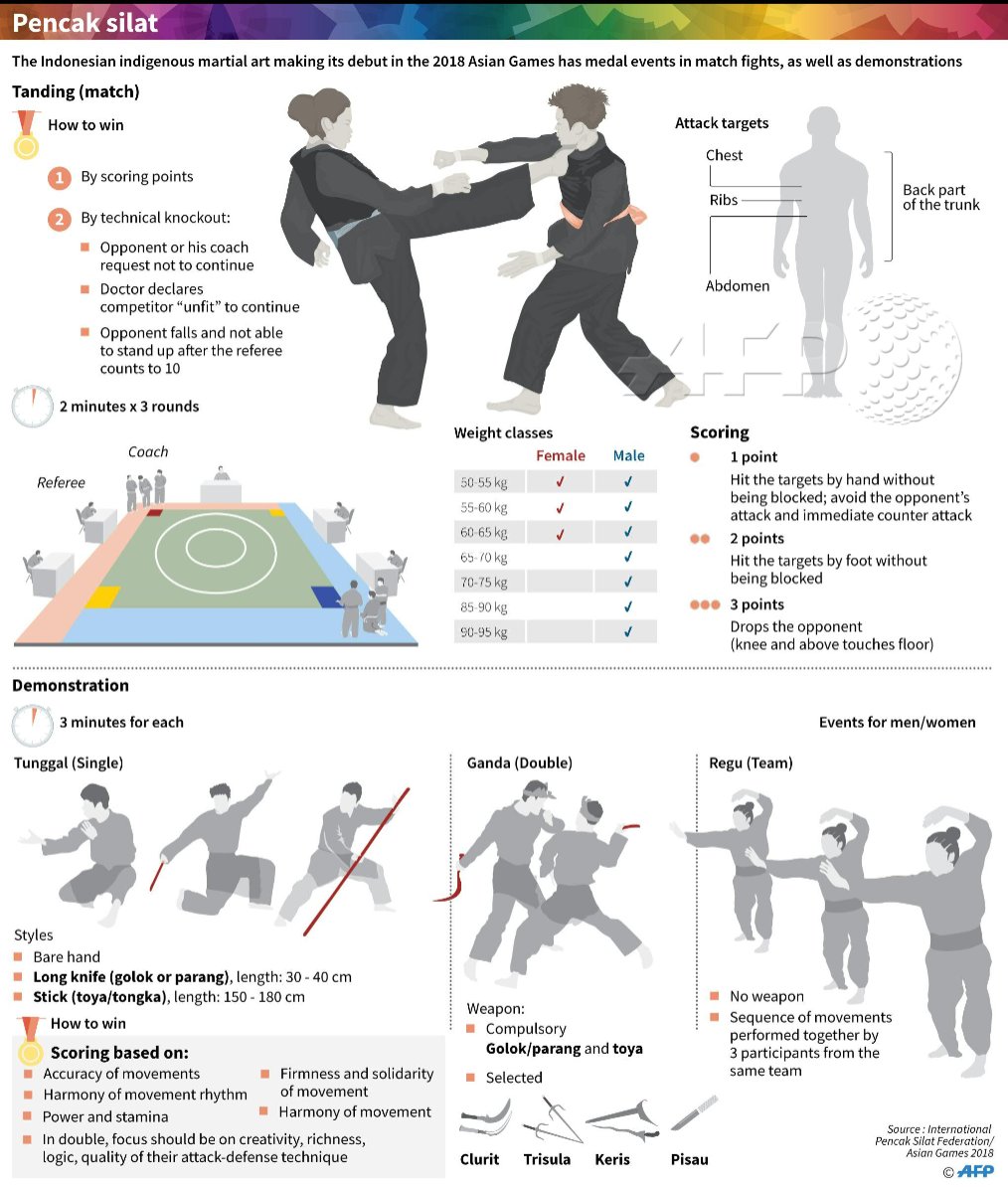The Background And Advancement Of Martial Arts All Over The World
The Background And Advancement Of Martial Arts All Over The World
Blog Article
Uploaded By-Egeberg Vick
Martial arts have an interesting history that spans centuries and continents. You might find it intriguing just how old methods like Shuai Jiao and Kalaripayattu laid the groundwork for modern battle methods. These self-controls not just stress physical skills but also show the cultures that birthed them. As visit this page discover their evolution, think about how globalization has transformed these standard forms into crossbreed styles. What impacts do you assume have shaped today's martial arts landscape?
Ancient Martial arts: The Foundations of Combat
As you explore the world of old martial arts, you'll find the abundant foundations that formed fight techniques throughout cultures. Very early methods concentrated on Self-Defense and survival, often integrating strikes, hurting, and weapons.
In old China, for example, strategies like Shuai Jiao stressed throws and joint locks, while India's Kalaripayattu showcased dexterity and fluid activity. Japanese samurai established Kenjutsu, a polished swordsmanship that highlighted discipline and strategy.
These martial arts served not just for battle yet additionally as a way of personal development, instilling worths like regard and willpower. The blending of these strategies in time prepared for the diverse martial arts you see today, each showing the distinct approaches and needs of its society.
The Cultural Impact on Martial Arts Advancement
While martial arts typically show the practical demands of a culture, they also embody the social values and ideas of their beginnings. When you discover different martial arts, you'll observe exactly how they're affected by faith, philosophy, and social norms.
For example, the focus on regard and discipline in Japanese martial arts comes from Zen Buddhism and samurai culture. In contrast, Brazilian Jiu-Jitsu advertises versatility and strategy, shaped by the requirement for efficiency in a diverse, multicultural atmosphere.
You may discover that the routines, attires, and training techniques reflect a community's background and identification. By recognizing these cultural impacts, you deepen your appreciation of martial arts and their function fit human experiences around the world.
Modern Adaptations and the Globalization of Martial arts
Martial arts have transformed dramatically in recent decades, adapting to modern society and international influences. what martial arts are in mma 'll see that typical kinds have combined with modern-day strategies, producing hybrid styles like MMA. These adjustments accommodate varied audiences, making martial arts easily accessible and attractive globally.
With the rise of social media sites and electronic systems, you can find tutorials and competitors from all corners of the world, breaking geographical obstacles. This globalization has brought about a common recognition for different techniques, from Brazilian Jiu-Jitsu to Taekwondo.
As you involve with these arts, you'll understand they're not practically battle; they advertise health and fitness, technique, and mental well-being.
Inevitably, contemporary adjustments have enhanced the martial arts landscape, making it a dynamic and progressing technique.
Conclusion
In discovering the history and advancement of martial arts, you reveal a remarkable blend of strategies, societies, and approaches. From old disciplines like Shuai Jiao and Kalaripayattu to the modern flexibility seen in MMA, martial arts reflect humanity's mission for Self-Defense and personal development. As you involve with these methods, you not only gain skills but likewise a much deeper admiration for the varied traditions that form our world today. So, proceed your trip and accept the art of fight!
